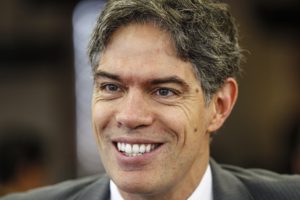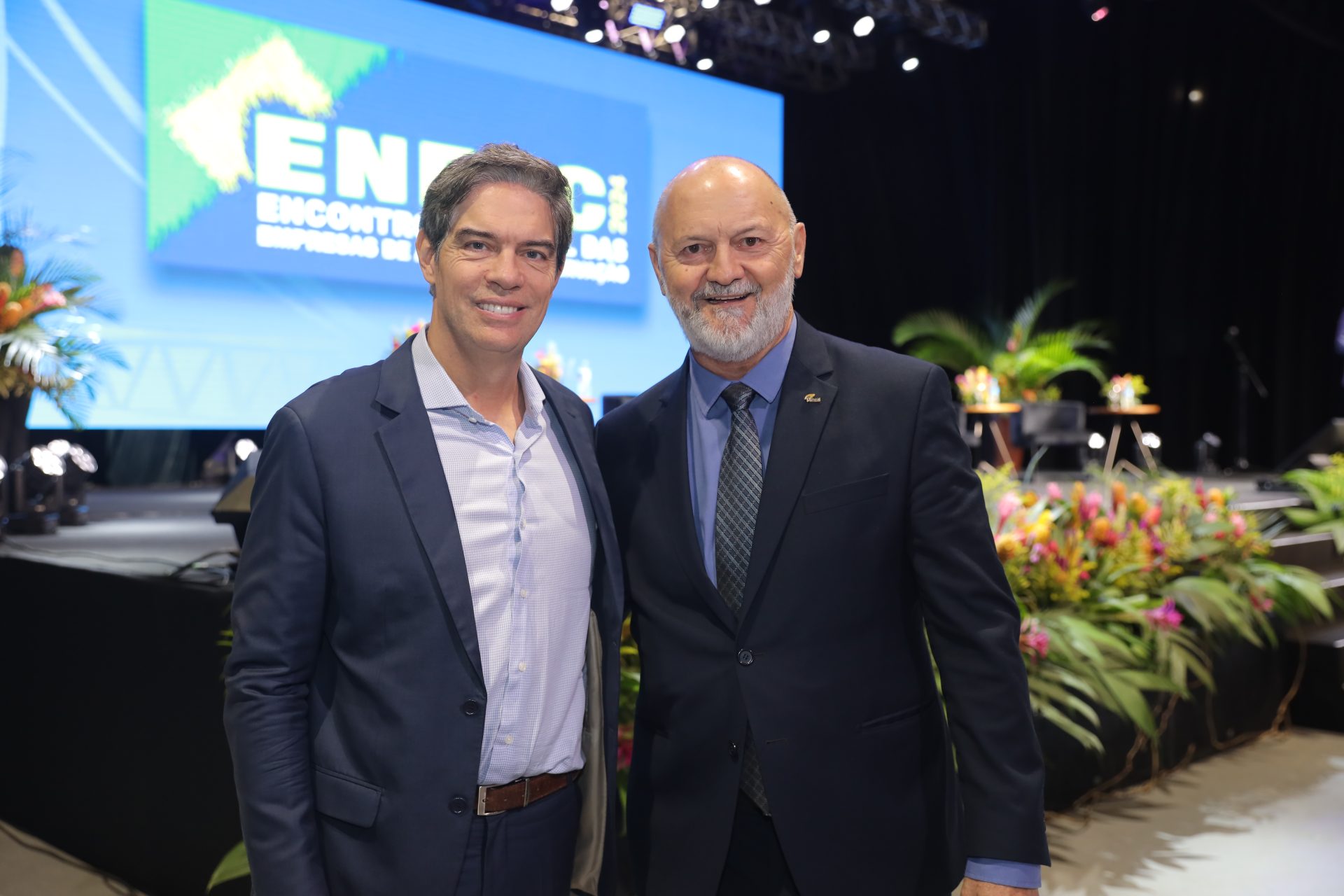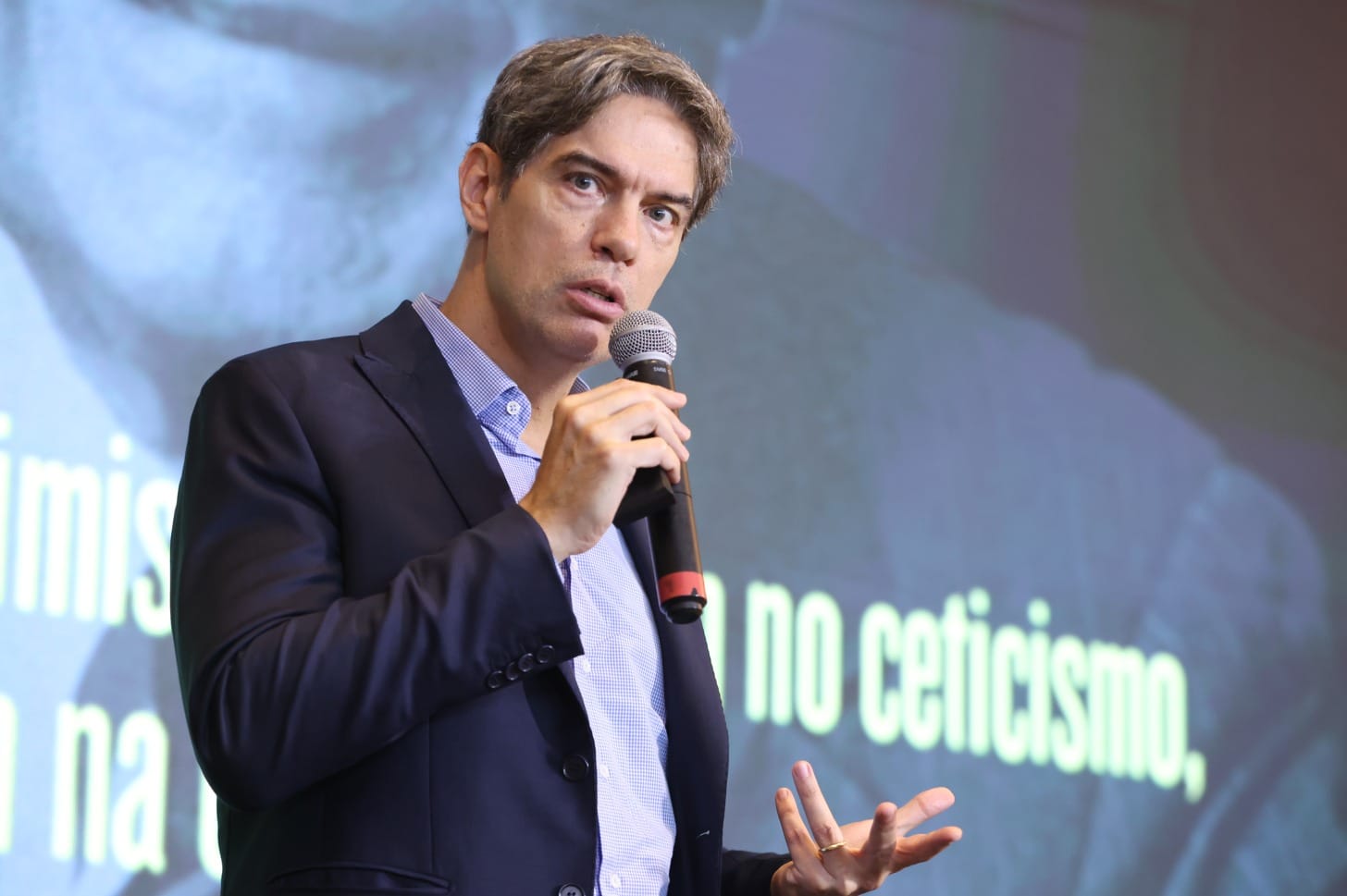06/2018
By Ricardo Amorim
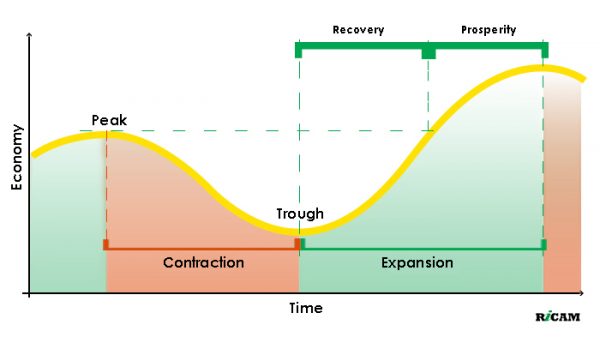
How does an economic cycle work? It is divided in two alternating phases. In the longest phase, of expansion, the economy grows till it reaches a new peak. In it are generated macroeconomic imbalances (inflation, external account deficits or fiscal deficits) which in order to be corrected require the adoption of measures that make the economy stop growing and usher in the next phase, of contraction. Contraction, in its turn, lasts until the imbalances are sufficiently reduced for the economy to start growing again.
A new economic cycle then starts, with a new expansion phase subdivided into two sub-phases. The first one lasts until the old peak is reached again: it is the recovery period. The second one lasts to a new peak: it is the period of prosperity, when society attains production and income levels never experienced before.
In the recovery phase, as the name indicates, the country merely recovers the prosperity lost in the previous contraction. In it, unemployment is higher and a bad feeling prevails, but growth is usually accelerated and business and investment opportunities are even better than in the prosperity phase.
We reached the last peak in Brazil in the last quarter of 2014. Next, as a result of the imbalances in external and fiscal accounts, plus the inflation generated in the previous phase, the lot made worse by the political crisis that prevented the implementation of the measures required to solve them, we had the longest and deepest contraction in Brazilian history, lasting till the last quarter of 2016.
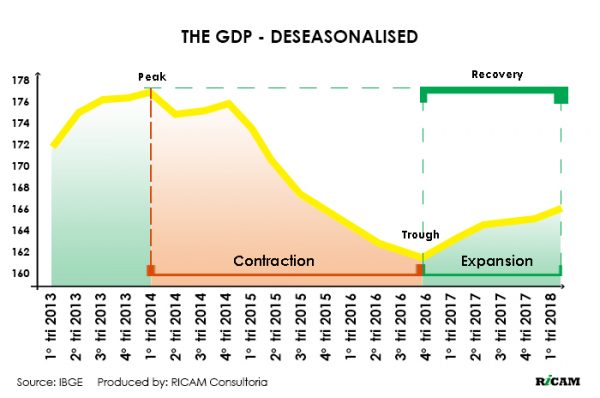
We have been in the recovery phase since then. Despite corruption and the political chaos that still prevail and impoverish the country, the Brazilian GDP keeps growing for five consecutive quarters now. However, we got to rock bottom in the last contraction so that, despite recovery, unemployment remains very high and most people haven’t yet felt the improvement in the economy because we are still way below the last peak. With the non-approval of the Social Security Reform – which weakened public accounts – plus the rise in US interest rates and the uncertainty surrounding the coming election which makes the dollar more expensive, increasing inflation – added to the paralysis of the country caused by the truck drivers strike which alone will reduce the growth of the Brazilian economy by about 1 p.p. – the risk of a hiccup in the economic recovery was never as great. Just as the recovery started to accelerate, with, for instance, industrial production growing 8.9% in April, the largest growth in 5 years.
Ricardo Amorim is the author of the best-seller After the Storm, a host of Manhattan Connection at Globonews, the most influential economist in Brazil according to Forbes Magazine, the most influential Brazilian on LinkedIn, the only Brazilian among the best world lecturers at Speakers Corner and the winner of the “Most Admired in the Economy, Business and Finance Press”.
Click here and view Ricardo’s lectures.
Follow me on: Facebook, Twitter, YouTube, Instagram, Medium and LinkedIn.
Translation: Simone Montgomery Troula
